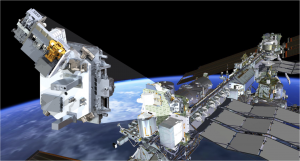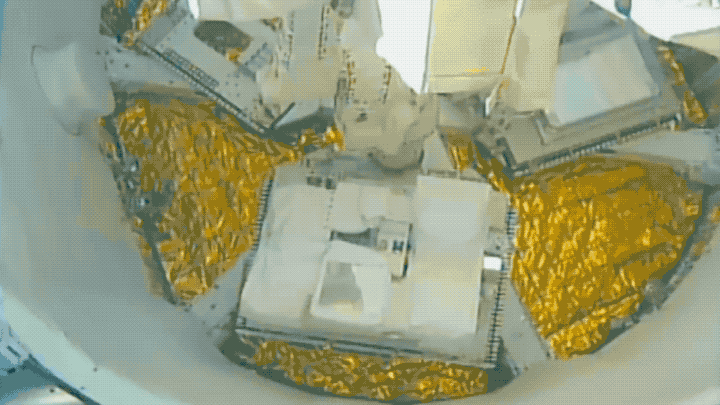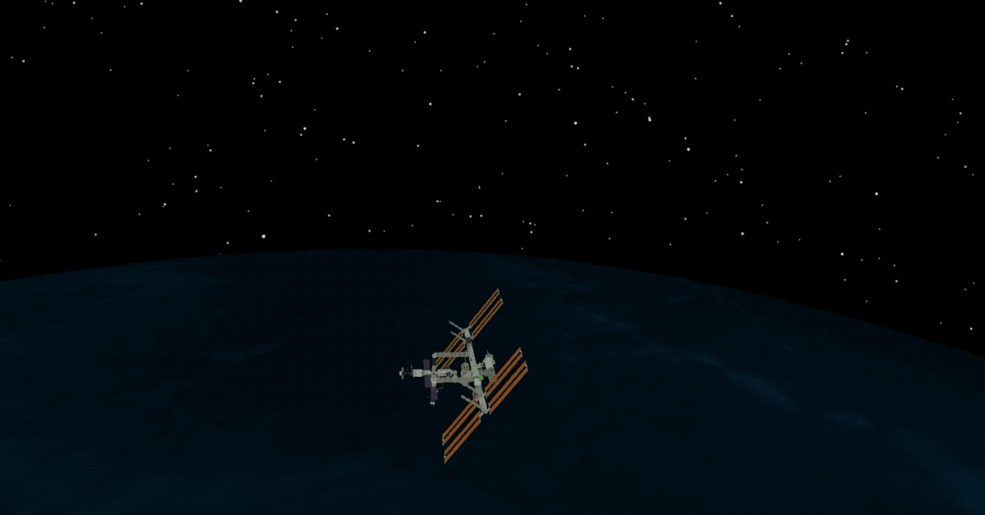
NASA has powered on its latest space payload to continue long-term measurements of the Sun’s incoming energy. The LASP-built Total and Spectral solar Irradiance Sensor (TSIS-1), installed on the International Space Station, is now fully operational with all instruments collecting science data.
TSIS-1 was launched from Space Launch Complex 40 at Cape Canaveral Air Force Station in Florida aboard a SpaceX Falcon 9 rocket on Dec. 15, 2017. After a two-week pause, the instrument suite was extracted from the trunk of the SpaceX Dragon capsule and integrated onto its permanent home on the space station.
“All systems are operating within their expected ranges,” said Peter Pilewskie, TSIS-1 lead scientist at LASP. “A lot of hard work remains for the team to interpret and validate the TSIS-1 data.”

For more than two months, the LASP operations team has been busy running through a series of tests on TSIS-1. The team first tested the all-important pointing platform that directs the solar instruments at the Sun, which was followed by testing of the solar instruments.
TSIS-1 studies the total amount of light energy emitted by the Sun using the Total Irradiance Monitor, or TIM, one of two sensors onboard. Data from TIM will give us a better understanding of Earth’s primary energy supply and provide information to help improve models simulating the planet’s climate. The monitor first started collecting science data—called “first light”—on January 11, after its doors were opened to fully view the Sun. The TSIS-1 TIM extends a 40-year measurement of the Sun’s total energy to Earth.
The second onboard sensor, called the Spectral Irradiance Monitor, or SIM, measures how the Sun’s energy is distributed over the ultraviolet, visible, and infrared wavelengths of light. Measuring the distribution of the Sun’s energy is important because each wavelength of light interacts with Earth’s atmosphere differently. For instance, spectral irradiance measurements of the Sun’s ultraviolet radiation are critical to understanding the ozone layer—Earth’s natural sunscreen that protects life from harmful radiation. SIM experienced first light on March 4, when full science data collection began. The SIM instrument on TSIS-1 continues a 15-year record of spectral irradiance measurements.

“TSIS-1 extends a long data record that helps us understand the Sun’s influence on Earth’s radiation budget, ozone layer, atmospheric circulation, and ecosystems, and the effects that solar variability has on the Earth system and climate change,” said Dong Wu, TSIS-1 project scientist at NASA’s Goddard Space Flight Center.
NASA’s Goddard Space Flight Center has overall responsibility for the development and operation of TSIS-1 on the International Space Station for the next 5 years. LASP, under contract with NASA, is responsible for providing the solar irradiance measurements and providing them to the Goddard Earth Science Data and Information Services Center, the archive and distribution center for TSIS-1 data, so they are available to the scientific community.
[addthis]



